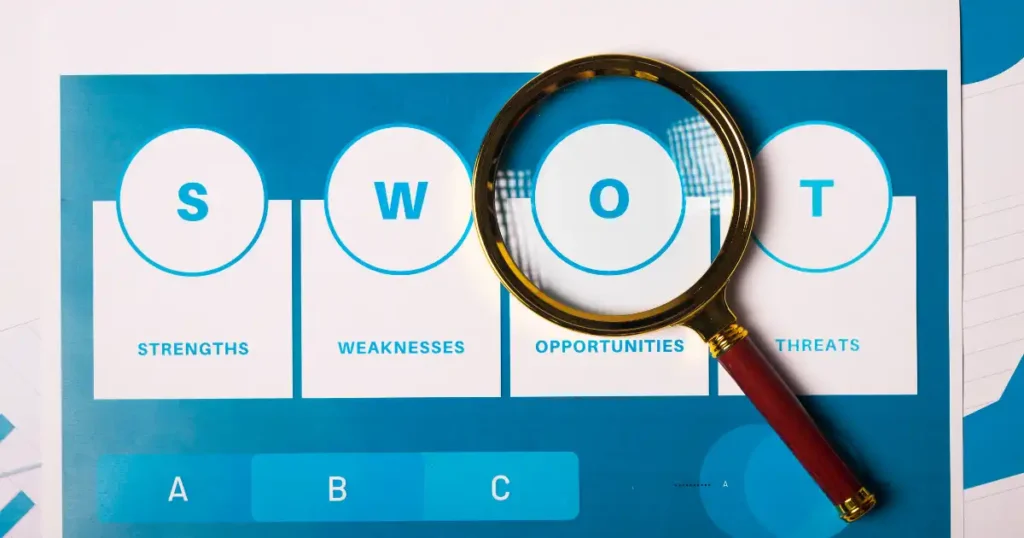When it comes to process improvement, there are many different ways in which you can approach and achieve this. In this article, we are going to explore the top 11 ways which focus very much on the reduction of waste, errors and uncertainty. They focus on how to deliver better outputs, higher quality products and services and do your very best, for less.
The 11 ideas for process improvement

Idea 1: Map the process
One great starting point is to have an up-to-date set of process maps. Being able to graphically see what is happening within your process at any given time is crucial to enabling you to make improvements. When issues arise, you can quickly see what is happening, and where, and can more easily formulate a plan to fix them.

Idea 2: Remove rework loops
Rework loops are commonplace in processes. This is where something goes wrong or a rule within the process does not allow you to go forward, therefore you have to go back and do something again and again and again before you can move forward with the process. These are rework loops, and you can get stuck in the loops for a long time. Removing these enables you to move through the process freely.

Idea 3: Remove bottlenecks
Bottlenecks are where several streams or flows of a process or processes come into one and become bunched up. At this stage, progress within a process can become much slower, outputs could be compromised and backlogs of work appear. Removing bottlenecks and the risk of them can remove all of these unwanted outcomes. To remove them, you can increase resource availability at that stage or train them in more areas. You can remove certain checks or sign-offs to reduce waiting time or can stream more work through another process.

Idea 4: Remove process steps
Over time, processes can become bloated and wasteful, with many steps being added to processes unnecessarily. If you conduct an end-to-end review of the mapping exercise of your process, you will often find there are activities that are not needed, that some team members are not completing all of the tasks or that unnecessary checks and sign-offs have appeared. Many of these steps can be removed (safely) to improve your processes.

Idea 5: Reform process steps
If you don’t want to or can’t remove process steps completely, you can reform them. This can be done by changing the nature of said steps, but not necessarily taking them out of the process altogether. This can involve making the steps less manual, removing parts of the activities deemed wasteful such as checks and balances, sending information to several places several times over, duplication etc.

Idea 6: Remove handoffs
One of the biggest time killers of a process is waiting time. This is the time when you wait between activities, you wait for information to flow from one individual to the next, from one system to the next, and from one team to the next. All of this time when something is not moving, when someone is waiting patiently to be able to complete their work once they have what they need is a waste. Where possible, remove these handoffs by having certain individuals complete more activities themselves. Ask the question – do we really need all of these individuals involved? Can we upskill some to reduce the number of handoffs included?

Idea 7: Remove departments
Just as with removing handoffs, removing departments can also be a great way to improve processes. Sometimes, too many departments can cause confusion, uncertainty and waste. It can also lead to errors and defects, as information gets handed around, different departments handle parts of the process but not all. Various systems are controlled by various parties, information and requests get mixed up in transit etc. Streamlining who does what, how and when can vastly improve process outputs.

Idea 8: Reduce errors/defects
You could also endeavour to focus on the errors and defects coming from your process. To do this, look at the performance of your process and the data coming from it. How many errors or defects are you seeing over certain time periods? Have you conducted good, effective root cause analysis exercises on your problems to understand truly, why they are occurring? Once you have this information, you can then make targeted improvements to ensure the errors are removed permanently, and the risk seen by the process is permanently reduced.
Idea 9: Automation
Another, more longer-term way to improve your process is through automation and RPA. With this approach, you can take steps or activities that are currently being done manually, by a human, and can automate them. This sees you turning the steps into an automatic solution or a machine that can conduct the activities quicker, more effectively and more reliably. You remove all chance of human error (of which are the vast majority of errors seen within processes) and can save all of that time, and time to be reinvested back into the business.

Idea 10: Responsibility and accountability
To easily improve your process you could conduct an exercise on responsibility and accountability. One of the key problems that plague processes, operations and organizations generally is the lack of accountability for work being done and responsibility for work completed. If you use your process maps and SOPs (Standard Operating Procedures) to clearly identify who is responsible for completing an activity or type of work, and who is ultimately responsible for the outputs, you will see significant benefits. The chance of confusion, uncertainty and potent blame for things going wrong is all removed. If people have this responsibility, they will also be much more invested in ensuring the process is successful and the outputs are high in quality.

Idea 11: One system
Having multiple systems doing multiple different things or, in fact, very similar things, can be hugely traumatic for a process. To improve this, try and move towards a one-system approach, where the activities within your process (or even wider ecosystem of processes) are all completed through one system. The system produces, processes and presents all data and information. It is where raw materials are put in and completed outputs come out. This vastly reduces the need for handoffs, several departments or individuals who need to be involved or the risk of something going wrong. Having one continuous flow in one continuous system with one continuous set of team members is a process which is going to work much more effectively.
Conclusion
When it comes to improving your processes, there are many ways to do so. The key is to aim for something specific. The best, most effective, most efficient and most productive processes are those which have the following characteristics: they contain very few individuals or departments, operate through one or two well-connected systems and are very clear on who is responsible for what. If you can get your processes to that state you are going to fair very well.
Also Read: How to run a Process Improvement Workshop?







